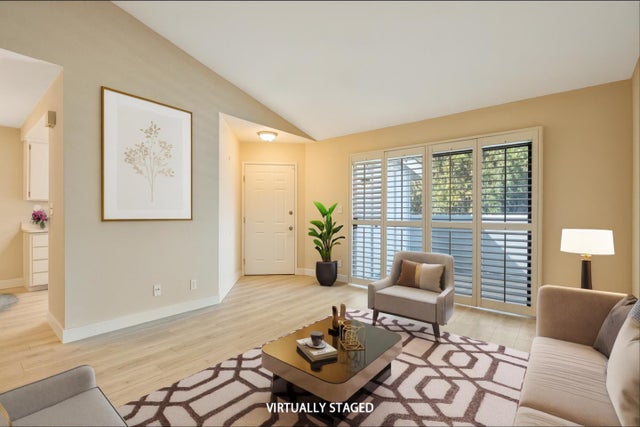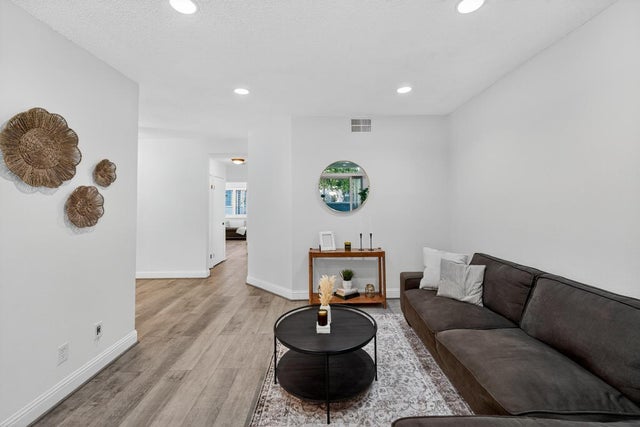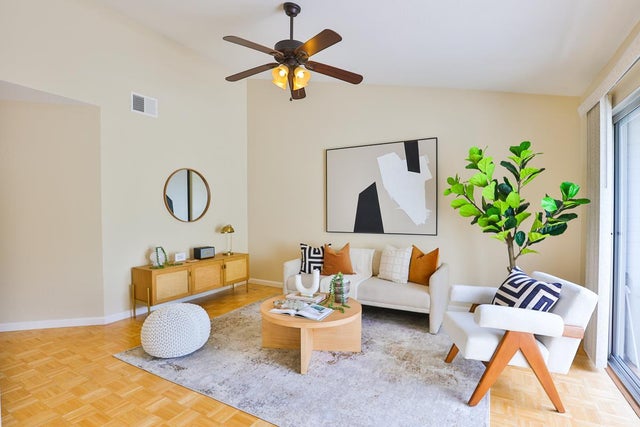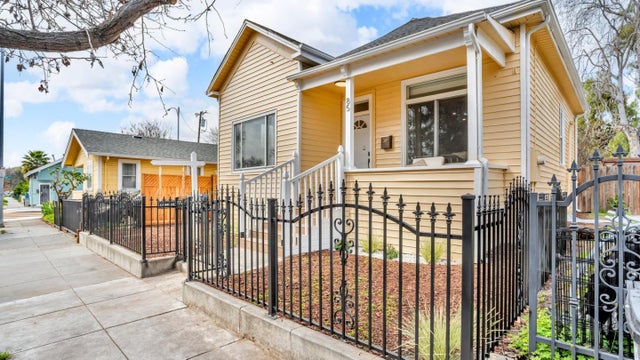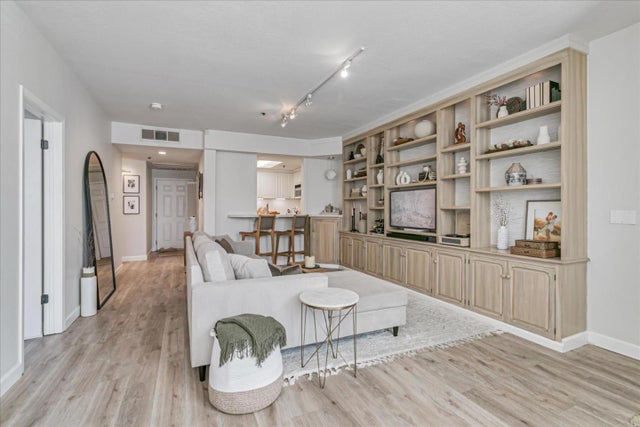- Condo / Townhome
- 2 Beds
- 2 Baths
- 871 SqFt
San Jose Community Information
(CONTINUED)
San Jose High School's three-story stone-and-brick building was also destroyed. During World War II many Japanese were sent to internment camps and, following the Los Angeles zoot suit riots, anti-Mexican violence took place in the summer of 1943.
As World War II started, the city's economy shifted from agriculture (the Del Monte cannery was the largest employer) to industrial manufacturing with the contracting of the Food Machinery Corporation (FMC) by the United States War Department to build 1000 Landing Vehicle Tracked. After World War II, FMC (later United Defense, and currently BAE Systems) continued as a defense contractor, with the San Jose facilities designing and manufacturing military platforms such as the M113 Armored Personnel Carrier, the Bradley Fighting Vehicle, and various subsystems of the M1 Abrams. IBM established its West Coast headquarters in San Jose in 1943 and opened a downtown research and development facility in 1952. Both would prove to be harbingers for the economy of San Jose, as Reynold Johnson and his team would later invent RAMAC, as well as the Hard disk drive, and the technological side of San Jose's economy grew.
Downtown San Jose looking over the Tech Museum toward Mount Hamilton; hills in the background show their winter green color.
During the 1950s and 1960s, city manager Dutch Hamann led the city in a major growth campaign. The city annexed adjacent areas, such as Alviso and Cambrian Park, providing large areas for suburbs. An anti-growth reaction to the effects of rapid development emerged in the 1970s championed by mayors Norman Mineta and Janet Gray Hayes. Despite establishing an urban growth boundary, development fees, and incorporations of Campbell and Cupertino, development was not slowed, but rather directed into already incorporated areas. San Jose's position in Silicon Valley triggered more economic and population growth, which led to the highest housing costs increase in the nation, 936% between 1976 and 2001. Efforts to increase density continued into 1990s when an update of the 1974 urban plan kept the urban growth boundaries intact and voters rejected a ballot measure to ease development restrictions in the foothills. Sixty percent of the housing built in San Jose since 1980 and over three-quarters of the housing built since 2000 have been multifamily structures, reflecting a political propensity toward Smart Growth planning principles.
San Jose Homes for Sale
| All Listings | $500,000 - $600,000 | $600,000 - $700,000 |
| $700,000 - $800,000 | $800,000 - $900,000 | $900,000 - $1,000,000 |
| Over $1,000,000 |

